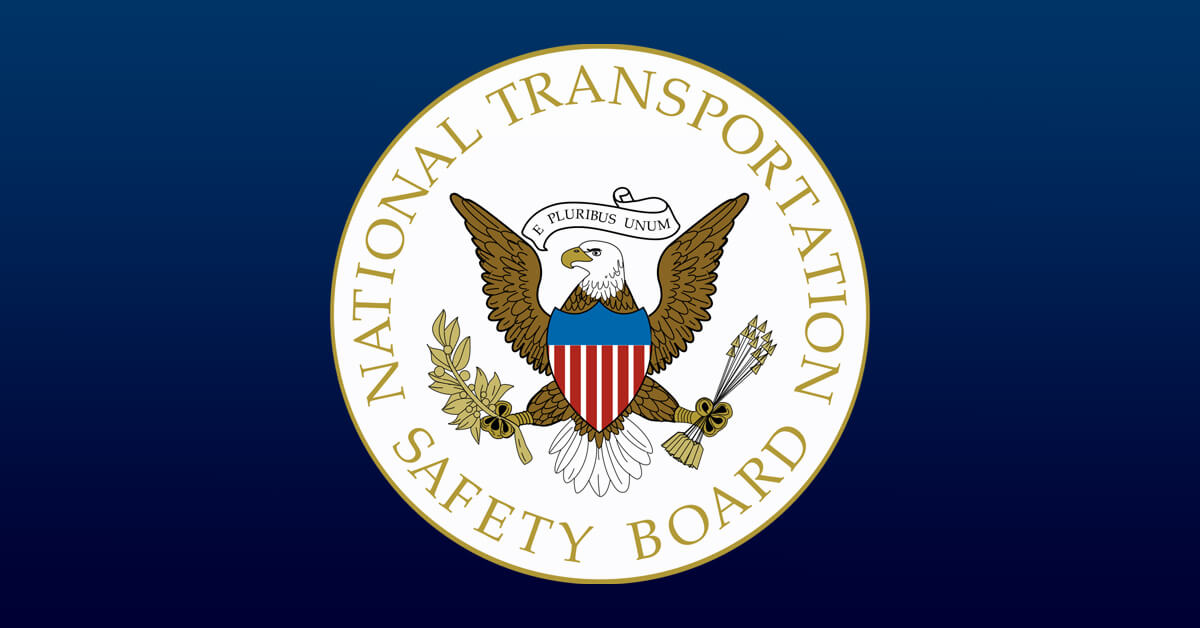
Feb. 9. 2021
The National Transportation Safety Board (NTSB) determined a pilot’s desire to complete a flight for a high-profile client, and “continuation bias” as they neared their destination in worsening weather conditions, contributed to the Jan. 26, 2020, loss of a Sikorsky S-76B helicopter near Calabasas, CA.
The board officially ruled the pilot’s continued visual flight into instrument meteorological conditions, resulting in spatial disorientation, as the probable cause of the accident that claimed the lives of all nine persons onboard, including basketball star Kobe Bryant and his daughter.
However, much of the four-hour, Feb. 9 meeting focused on the operational considerations behind the pilot’s decision to continue the flight under special VFR clearances due to dense, low-level coastal clouds throughout the area.
Board members determined the pilot felt “likely self-induced pressure” to complete the flight, culminating in an attempt to climb through the clouds that instead resulted in the helicopter entering a descending left turn into terrain. NTSB Chairman Robert Sumwalt noted the experienced pilot was “well regarded” and “had good credentials,” highlighting how “even good pilots can end up in bad situations.”
Among the recommendations stemming from the board’s investigation, which will be published with its probable cause report in the coming weeks, are new calls to the FAA to require scenario-based initial and recurrent simulator training on weather and aeronautical decision-making for Part 135 helicopter operators.
The NTSB also reiterated previous recommendations to the agency to require safety management systems and flight data monitoring programs across all Part 135 operations, and prior recommendations to OEMs and operators to install crash-resistant flight recording devices for the life of turbine-powered rotary- and fixed-wing aircraft.
Once published, NBAA will review the NTSB’s recommendations and consult with the board on any necessary actions.


 International Business Aviation Council Ltd.
International Business Aviation Council Ltd.